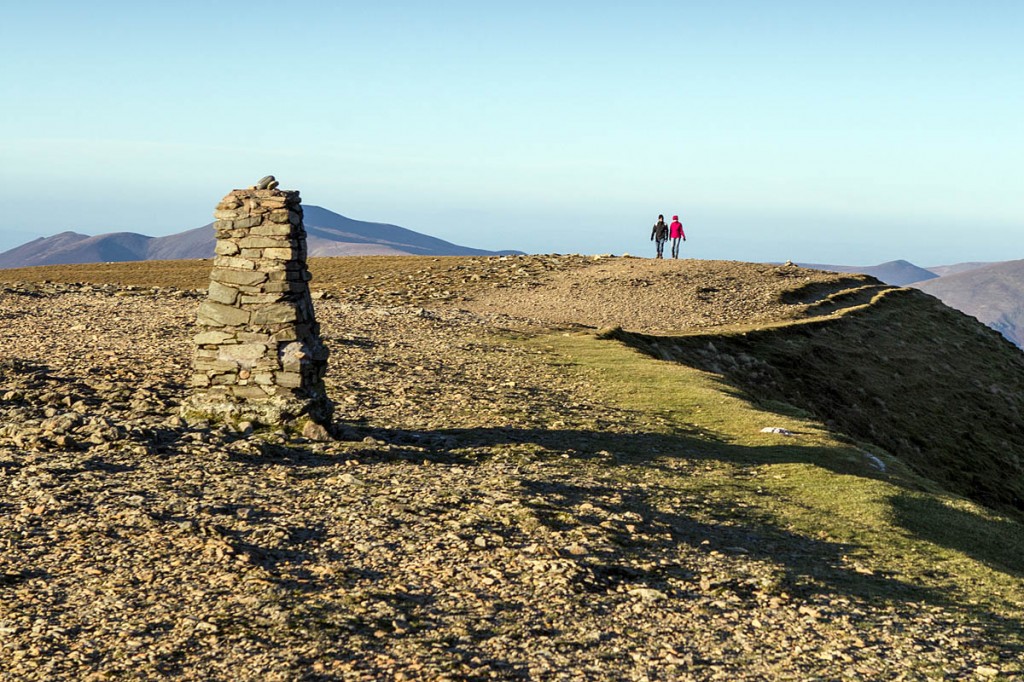This winter may be the sunniest on record, the Met Office said.
If average sunshine continues for the rest of the month, the UK will have seen more sun than in any winter on record.
The top year for winter sunshine was 2001, with 189 hours. Even if this meteorological winter – December, January and February – fails to take the record, it is still likely to be among the top few sunniest since records began in 1929.
There have been regional winners and losers, with parts of the Midlands, north-east England and eastern Scotland already having more than their long-term average sunny days for the full season.
A Met Office spokesperson said: “December and January were both sunny across much of the country, especially eastern areas, while northern England and eastern Scotland have had a sunny February so far.
“As we near the end of winter it looks as though temperatures will be close to the long-term average with December warmer than average, January near average and February so far being just below.
“For many it has been a dry winter so far across southern, eastern and north-east England but relatively wet across Scotland, with the North-West having a wet December and January.
“The first half of February has seen some dry settled weather thanks to high pressure dominating the weather for much of the period.”
The Met Office said sunshine amounts have been variable but parts of northern England and eastern Scotland have already received almost the whole-month average in the period up to 16 February.
The spokesperson added: “Temperatures have generally been around 1 to 1.5C below normal across the UK as a whole and clear skies have allowed fog and frosty conditions to develop at times.
“Many areas have been on the dry side, with less than 20 per cent of expected rainfall so far across large swathes of the country; we’d normally expect around half of the monthly average to have fallen by now.”
There are yellow warnings for snow on Sunday and snow and ice on Monday and Tuesday for Scotland and parts of northern England as an Atlantic front meets cold air, followed by a deep low pressure system moving slowly to the East, bringing snow accumulations down to 200m or even lower in Scotland and Northern Ireland.
